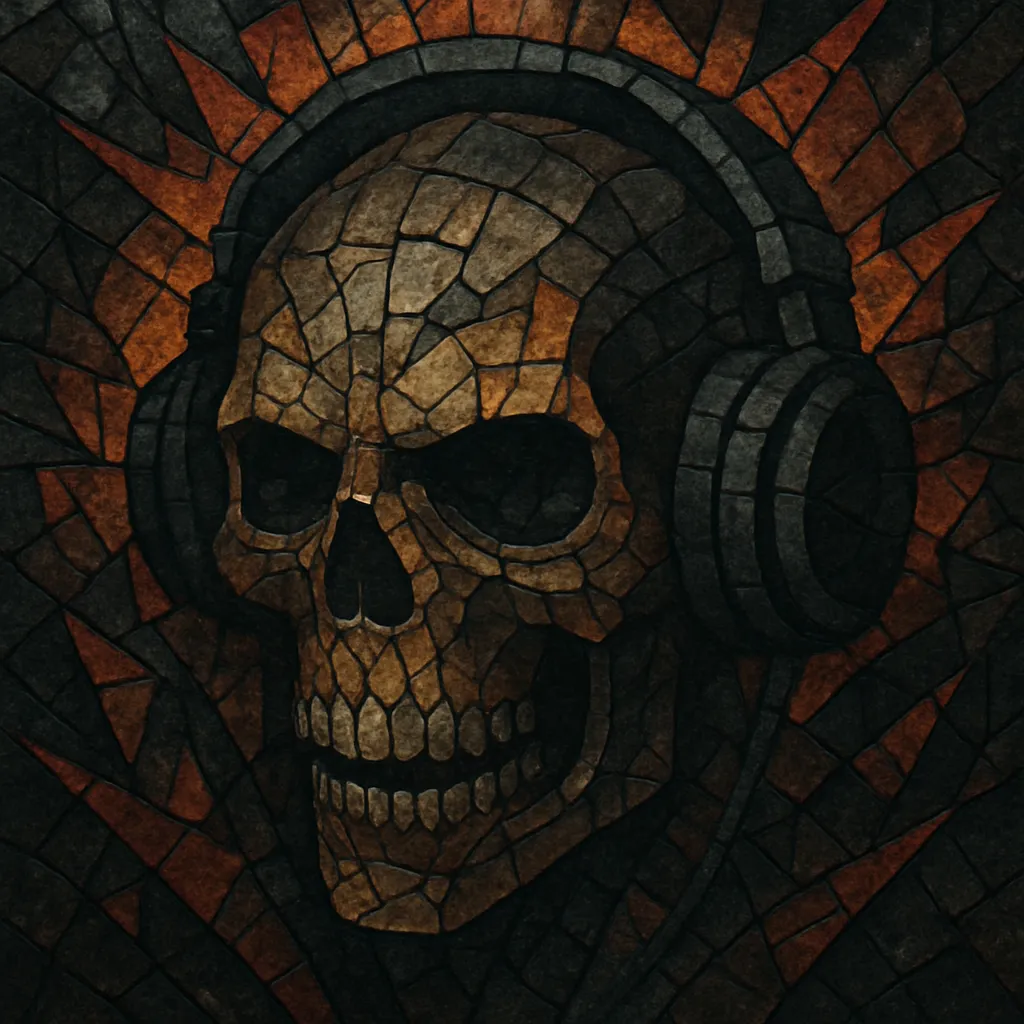Skullstep is an ultra-hard, industrial-tinged strain of drum and bass that pushes aggression and darkness to the forefront. Emerging from the mid-2000s Therapy Sessions circuit, it favors relentlessly heavy drums, sharply gated snares, and brutally distorted basslines over melody.
The style borrows the mechanical precision of techstep and neurofunk, the ferocity of darkstep and hardstep, and the bleak textures of industrial and horror sound design. Tempos sit around 170–175 BPM, with hostile atmospheres, atonal hits, and tense cinematic swells that frame explosive drops and punishing switch-ups.
Skullstep coalesced in the United Kingdom during the mid-2000s, centered around the Therapy Sessions club nights and labels pushing darker, more extreme drum and bass. Producers began intensifying techstep/darkstep frameworks with industrial textures, harsher drum design, and aggressively distorted basslines, creating a threatening, cinematic mood.
As the sound spread across Europe and beyond, key artists standardized hallmarks: 170–175 BPM tempos, cracking two-step or steppy rhythms, clipped snares, and reese basses reprocessed through heavy distortion and resampling. Sound palettes drew from horror film scoring and industrial noise—metallic foley, alarms, and dissonant stabs—prioritizing mood and impact over harmony.
The movement rapidly became transnational, with influential producers from the UK, Germany, the Netherlands, Eastern Europe, South Africa, and the US. Its intensity overlapped with breakcore and later fed into hybrid forms with hardcore techno, paving the way for the codification of crossbreed and informing the sound design ethos of heavier bass music.
Though niche, skullstep’s ruthless drum programming, resampled reese architecture, and horror-forward atmospherics left a durable imprint on the heavier ends of drum and bass and adjacent bass music. It remains a reference point for producers seeking maximal impact and uncompromising darkness.


